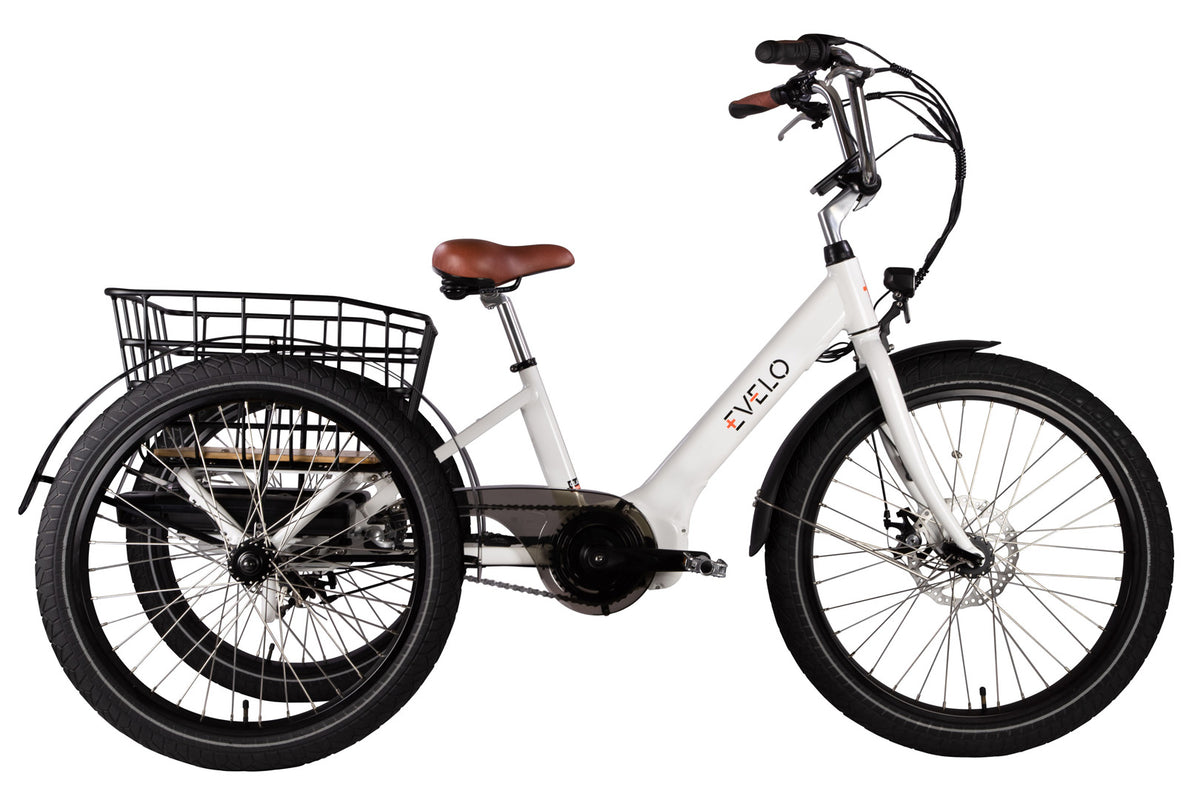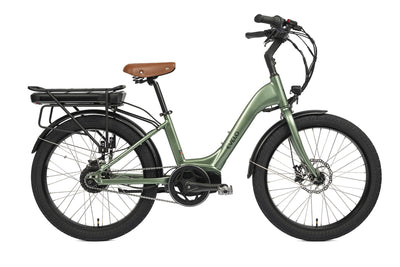In today’s installment of our 3 Minute Electric Bike Video Series, where we demystify electric bikes we are talking about why more electric bikes don’t offer regenerative braking on their bikes.
It is often referred to as “regen braking” for short and so upfront I want you to know that although it is definitely possible, it’s really not an efficient or practical and there’s a number of reasons why.
Regenerative brakes require a Direct-Drive Motor, which is a different type of motor than you see in typical electric bikes. These motors are very heavy in comparison to the other types of motors out there. Since electric bikes tend to be heavier than their traditional counterparts, this makes a difference in the distance you will be able to go on our charge.
In addition, Direct-Drive Motors doesn’t offer a freewheeling mechanism that will insulate the rider from the motor. That’s fine as long as your battery has charge. Once your battery runs out of charge it means that as you pedal, not only do need to move yourself and the bike, but you also need to push against the resistance of the motor. It really makes for some hard going!
Over the course of a single charge, you are only really going to get back about 5% of the overall charge of the battery. So let’s say that you normally get 30 miles per charge on a ride, 5% of that is 1.5 miles! You have to question, is it really worth the additional weight and the resistance of pedaling a Direct-Drive Motor to gain just a mile and a half?
The next problem with regenerative braking is that it causes significant heat when charging. When you are actually cruising downhill and pushing current back into the battery there is a lot of heat generated within the battery itself. Heat is not good for lithium batteries, it breaks down the overall life-cycle of the battery and it’s generally not good for it.
Finally, there are a lot of forces produced by Direct Drive Motors. Most electric bike frames are made out of aluminum which can fatigue over time, especially the dropouts which are the places that the axle engages the frame.
Regenerative braking, even though it sounds great on paper and you think you could ride forever with it, the reality is it’s just not that practical.
I hope I’ve given you a good look at how regenerative braking works and why it’s not practical for electric bikes!

Why Don’t More Bikes Use Regenerative Braking?
What Happens if I need Help?








 Easy Assembly
Easy Assembly
 Service and Repairs
Service and Repairs
 Ebike Articles & Content
Ebike Articles & Content








